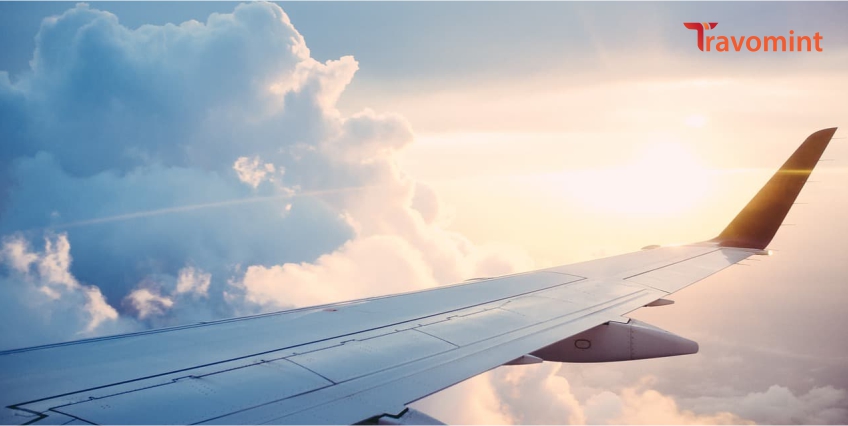- 10 Sep, 2024
When planning a trip to a desired destination, you should always consider bringing your essential items in your baggage. Likewise, If you are traveling between the Philippines and Canada, you must understand the baggage policies of airlines, which can significantly impact your travel experience. You need to observe that each airline has its own rules and restrictions when checking the baggage allowance, so it's crucial to be well-informed before your journey between these two countries. Generally, you can travel with two pieces of baggage weighing from 23 kg to 32 kg, and the maximum dimensions of each luggage must be around 62 inches. Similarly, if you wish to know more about the baggage policies between the Philippines and Canada, gather appropriate information from the experts.
What Are the Baggage Policies Between the Philippines and Canada?
Extra baggage can make your tour incredible, but you might remain confused during your flight journey if you are not well-informed about baggage allowance policies. Baggage policies generally involve three categories: carry-on baggage, checked baggage, and unique items, and each airline has its own guidelines. So, you must check out the comprehensive outline of flight baggage policies between these two countries.
-
Carry-on baggage:
When you travel with carry-on baggage, you need to know the rules. These generally define the size and weight limits for items that can be brought into the cabin. Many airlines allow one piece of carry-on luggage and one personal item, such as a purse or laptop bag, which you must check when preparing your flight journey with any airline.
- If you have booked a flight between the Philippines and Canada, airlines like Philippine Airlines, Air Canada, and other international carriers usually permit a carry-on bag with a maximum weight of 7 to 10 kilograms.
- The dimensions of carry-on bags are typically around 55 x 40 x 20 cm, but this can vary slightly by the airline, where you need to check out the valid guidance, especially.
Checked Baggage:
You must check out the baggage policies, which often depend on the class of service and the airline. If you desire to check out the details about checked baggage policies between the Philippines and Canada, read up on the valid points below.
- If you are traveling in Economy Class, you generally get one or two pieces of checked luggage, which is included in the ticket price.
- The weight limit for each piece typically ranges from 23 kilograms in Economy Class to 32 kilograms in Business Class.
- The combined weight and number of pieces allowed can vary, so it's essential to confirm these details when booking.
Special Items and Fees:
Planning your trip with unique items such as sports equipment, musical instruments, or oversized baggage might require you to pay additional fees. The fees for these items can differ widely between airlines, and it is advisable to inform the airline if you plan to travel with such items to understand the potential fees and ensure proper handling. So, if you travel with extra checked baggage and other personal items, you will be asked to pay the charges and make your travel more comfortable.
Lean-specific policy on airlines:
Philippine Airlines offers various baggage allowances based on your ticket class. If you are in the Economy class, you are typically allowed one piece of checked baggage up to 23 kilograms. For Business class, you generally enjoy a higher allowance, often two pieces of checked baggage, each up to 32 kilograms. Air Canada provides generous baggage allowance for international flights. So, if you are Economy Class, bring one bag up to 23 kg for free, with a second bag often requiring an additional fee. It also permits one piece of carry-on baggage weighing up to 10 kg plus one item.










